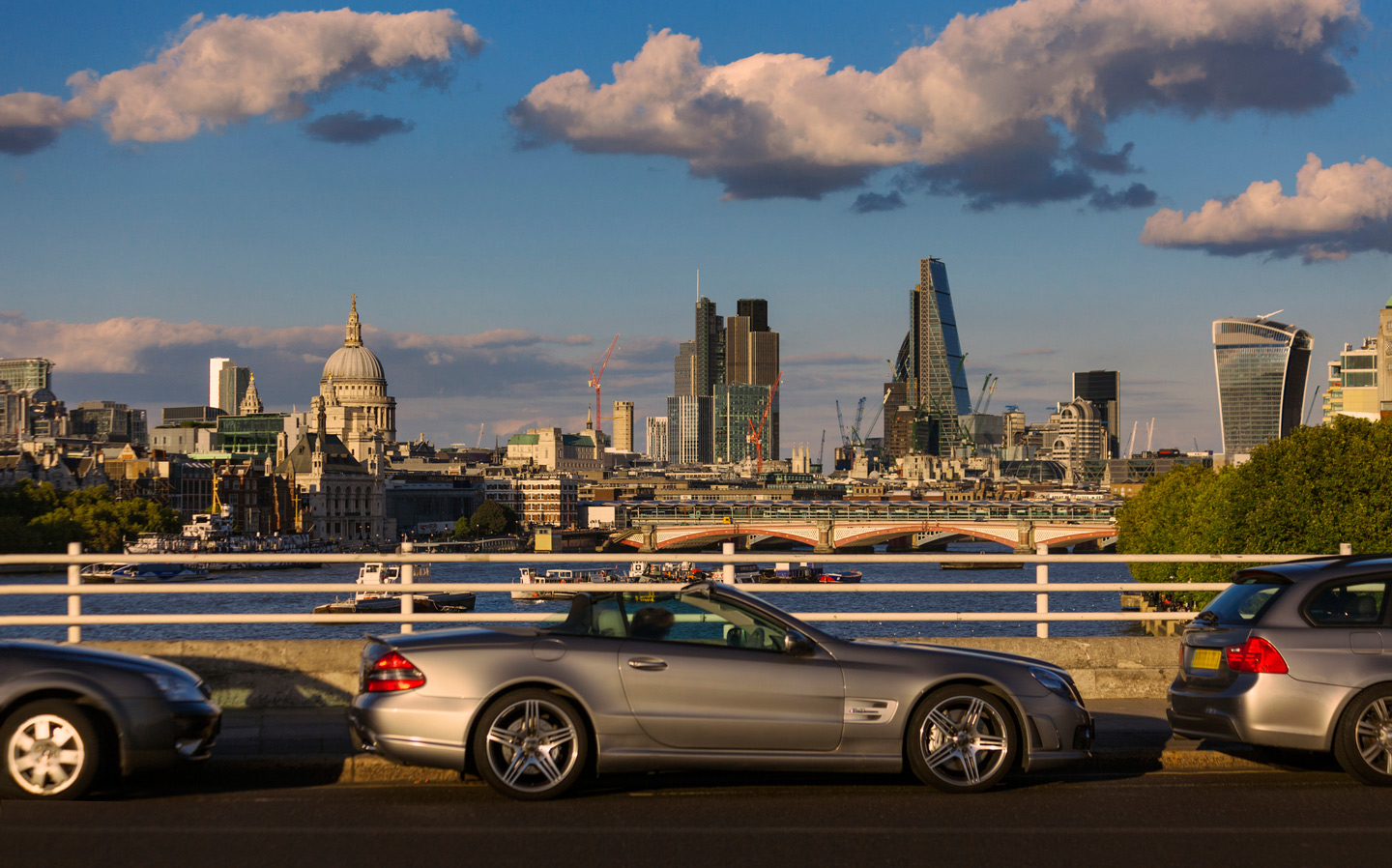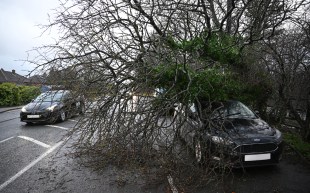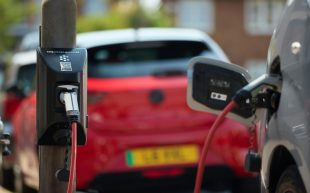What are the London T-charge and Ultra Low Emission Zone, and is my car affected? (updated)
Drivers face £24 daily charge to enter capital
THERE ARE big changes coming into force for drivers who want to visit central London by car, as authorities grapple with poor air quality that is said to lead to more than 9,000 deaths a year in the capital.
From October 23, 2017 the “T-Charge“, or toxicity charge, is in operation in central London and from April 2019, Transport for London aims to have an even stricter “Ultra Low Emission Zone” (ULEZ) in place.
However, with different emissions targets for petrol and diesel-powered cars, and proposals to limit the particulate matter (PM) as well as nitrogen oxides (NOx) on Euro 6 diesel cars, many drivers are confused by the changes.
With tens of millions of drivers set to change their car for a new or used model before April, 2019, it pays to understand how the air quality legislation might influence choosing a new car. Read on for the details of both T-charge and ULEZ.
Browse NEW or USED cars for sale
London T-Charge start date, cost and vehicles affected
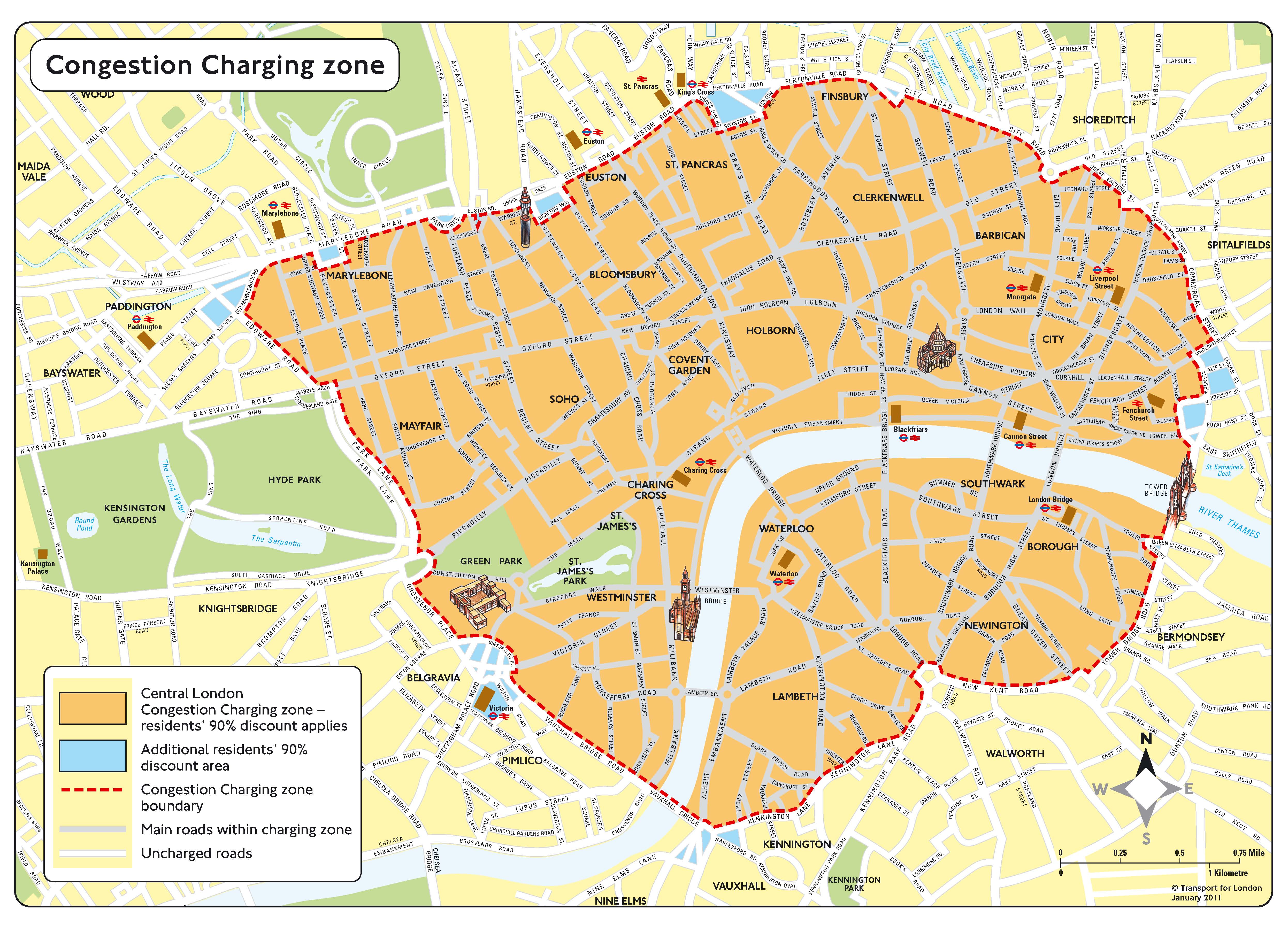
What is the London T-Charge?
The London T-Charge is applied to any car entering the existing London Congestion Charge zone between 7am and 6pm, Monday to Friday, that fails to meet the Euro 4 minimum engine emissions standards for petrol and diesel vehicles.
The minimum standard varies for motorcycles, vans, HGVs and coaches — see the details below.
When does the London T-Charge start?
The London T-Charge wase introduced from October 23, 2017.
How much does the London T-Charge cost?
For all vehicles (except coaches and buses) that fail to meet the minimum emissions standard, the T-charge costs £10 on top of the usual £11.50 fee for the London Congestion Charge.
Failing to pay the fee results in a £135 fine (reduced to £65 if paid within 14 days) and it’s important that drivers appreciate that the T-Charge is in addition to the congestion charge fee.
In other words, it now costs non-residents with vehicles that don’t meet the emissions standards set out below £21.50 to drive into central London.
There is a small discount for using Auto Pay, an automated payment system that requires registration.
Is my vehicle affected by the London T-charge?
Cars and vans with petrol or diesel engines must meet the Euro 4 level of the European exhaust emissions standard. This level was introduced in 2005 and from 2006 all newly registered vehicles had to meet it.
Motorised tricycles and quadricycles (four-wheeled microcars) only have to conform to older Euro 3 emissions standards but HGVs, coaches and buses must meet much stricter Euro 6 standards. See the full table below for details
If you’re unsure of when your car was first registered, check the V5C registration certificate. In section 4, ‘Vehicle details’, it will give the date that the vehicle was first registered in the UK.
Daily costs for the London T-Charge
| Vehicle type (includes hybrid vehicles) | Minimum emission standard | Congestion Charge amount | T-Charge amount (if emission standard not met) | Total daily payment(if emission standard not met) |
| Motorised tricycles and quadricycles | Euro 3 | £11.50 (£10.50 Auto Pay) |
£10 | £21.50 (£20.50 Auto Pay) |
| Cars, and small vans (not exceeding 1,205kg unladen weight and not exceeding 3500kg GVW) | Euro 4 | £11.50 (£10.50 Auto Pay) |
£10 | £21.50 (£20.50 Auto Pay) |
| Vans (exceeding 1,205kg unladen and not exceeding 3,500kg GVW) and Minibuses (not exceeding 5,000kg GVW)* | Euro 4 | £11.50 (£10.50 Auto Pay) |
£10 | £21.50 (£20.50 Auto Pay) |
| HGVs (exceeding 3,500kg GVW) | Euro IV | £11.50 (£10.50 Auto Pay) |
£10 | £21.50 (£20.50 Auto Pay) |
| Coaches and buses (exceeding 5,000kg GVW) | Euro IV | £0** | £10 | £10 |
How does the T-Charge recognise if you need to pay?
The London T-Charge will use the same ANPR (automatic numberplate recognition) cameras used for the London Congestion Charge to read drivers’ registration plates and check the vehicles’ make, model, year of manufacture, engine type and emission level as they enter the zone. The system will automatically send fines to the owners of vehicles who have not paid the daily charge, where required.
Do London residents get a discount for the T-Charge?
London residents with vehicles that do not meet the Euro 4 emissions standards and are registered for the Congestion Charge Residents’ Discount receive a 90% discount on the T-Charge.
It means using a car in the Congestion Charge zone within the operating hours would cost £2.05 per day (£1 for the T-Charge and £1.05 for the congestion charge).
TfL says vehicles that are parked all day, in an on-street parking bay and displaying a valid residents’ parking permit, will not be charged for that day.
London Ultra Low Emission Zone start date, cost and vehicles affected
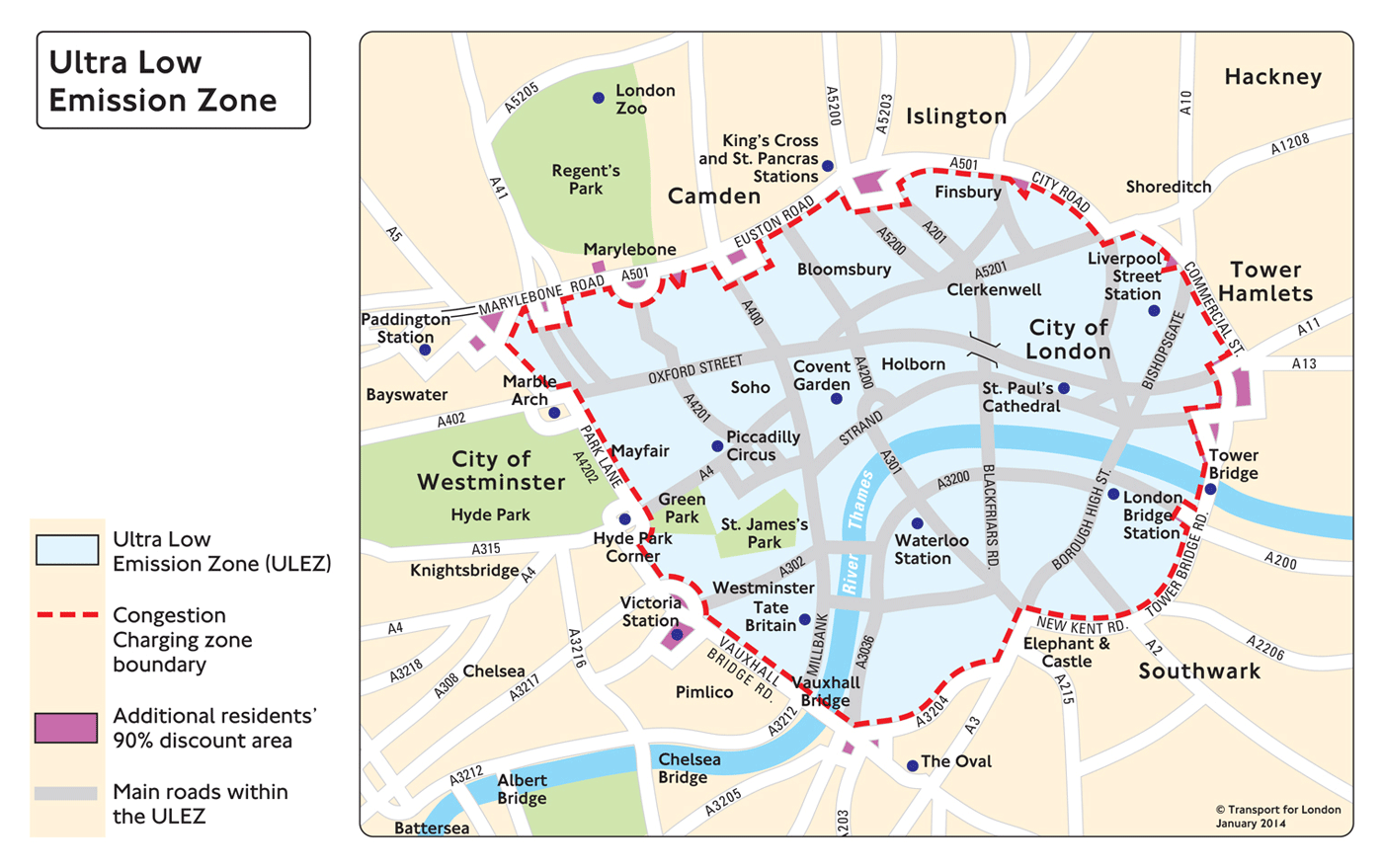
What is the London Ultra Low Emission Zone (ULEZ)?
T-charge is set to be replaced by an even more stringent Ultra Low Emission Zone (ULEZ). It will mean diesel cars that don’t meet the tough Euro 6 emissions standard will have to pay a fee to enter central London.
When does the London ULEZ start?
Boris Johnson, the previous Mayor of of London, had planned for a tough new Ultra Low Emission Zone (ULEZ) to be introduced from September 7, 2020. However, due to mounting pressure to reduce harmful diesel exhaust gases from the air, Johnson’s successor, Sadiq Khan, proposes bringing forward the start date, to April 8, 2019. The objective is to halve NOx emissions from vehicles, by 2020.
How much will the London ULEZ cost?
The daily cost of the ULEZ will be £12.50 to cars, vans and motorbikes, and £100 for HGVs, coaches and buses. It will operate 24 hours a day, every day of the week.
The ULEZ charge will be in addition to the London Congestion Charge, and the two will mean affected motorists pay a total of £24 a day to drive in London.
Failing to pay may result in a fine of up to £130.
What are the London ULEZ boundaries?
Initially, the ULEZ will operate within the same area as the London Congestion Charge Zone. It will rely on the same cameras and number plate recognition technology to check cars entering the zone.
However, this autumn a consultation will be launched proposing wider expansion of the ULEZ, beyond central London to the North and South Circular roads.
How will the ULEZ recognise if you need to pay?
The London ULEZ will use the same ANPR (automatic numberplate recognition) cameras used for the London Congestion Charge to read drivers’ registration plates and check the vehicles’ make, model, year of manufacture, engine type and emission level as they enter the zone. The system will automatically send fines to the owners of vehicles who have not paid the daily charge, where required.
Is my vehicle affected by the London ULEZ?
Drivers who regularly travel into the capital would be well advised to check whether their current or any future car will meet the criteria of the ULEZ.
Petrol cars will need to meet European emissions standard Euro 4. This was introduced from 2005, and was applicable to any car registered in the UK from 2006 until it was succeeded by Euro 5, in 2011.
Diesel cars must meet Euro 6 regulations to be exempt from the ULEZ charge. This had been set around the nitrogen oxide (NOx) emissions levels of the engines, at 0.08g/km.
The ULEZ standard is:
- Euro 3 for motorcycles
- Euro 4 for petrol cars, vans and minibuses
- Euro 6 for diesel cars, vans and minibuses
- Euro VI for lorries, buses and coaches
A recent proposed addition to this is the stipulation of maximum particulate matter (PM) levels, of 0.005g/km. Transport for London says some new, Euro 6 diesel cars will be unable to meet such tough levels, claiming there are up to 430 vehicles registered in London that meet Euro 6 diesel standards for NOx but emit up to six times the Euro 6 standard for PM. That includes popular, efficient models such as the Ford Fiesta 1.5 TDCI ECOnetic.
How to check your car’s emission standard
The emission standard of a car can be found on the V5C registration certificate. Under section 4, ‘Vehicle details’ are details of the exhaust emissions for CO2, NOx and particulates, given as grams per kilometer (g/km).
If consumers are researching their choice of next car, a dealer or the vehicle manufacturer will be able to provide those details.
London residents discount for the ULEZ
Will other cities and towns adopt ULEZ charging similar to London?
The Sunday Times has reported that “toxin taxes” could be introduced to 35 towns and cities in England, as part of a government crackdown on vehicles that cause air pollution.
Andrea Leadsom is due to unveil the measures, which will oblige councils in every affected area to draw up plans to deal with nitrous oxide and particulate pollution, largely caused by diesel-powered vehicles. The likes of Birmingham, Leeds, Southampton, Nottingham and Derby are already planning to impose taxes on older lorries, coaches and taxis from 2019. This could be extended to diesel cars.


